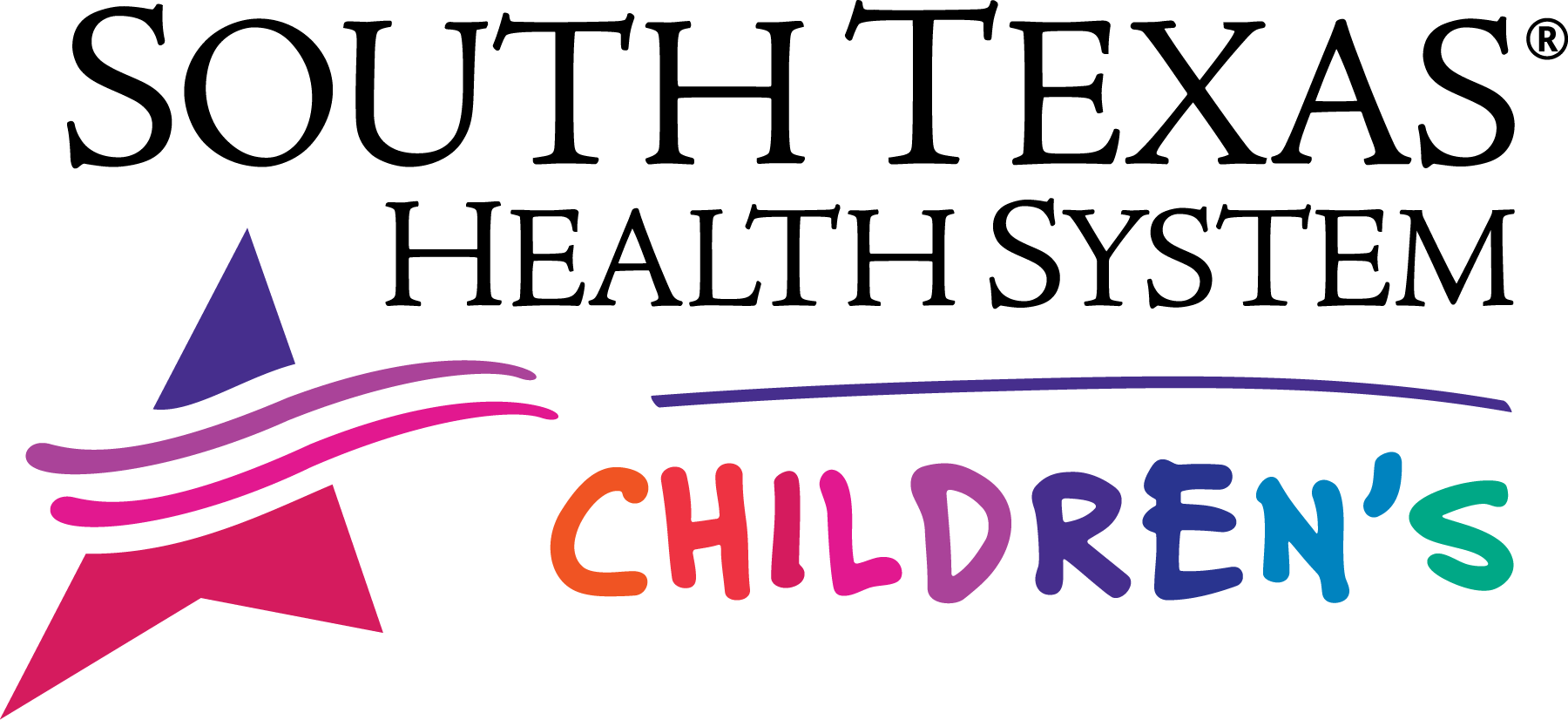Pediatric Surgical Care
Pediatric surgeons care for children from the infant period through the teenage years. While they typically specialize in treating a particular region of the body, pediatric surgeons are trained to operate anywhere from the neck to the pelvic region.
Surgeons at South Texas Health System Children's use equipment and facilities specifically designed for children. They focus on each child's condition and health history to choose the most appropriate procedure that will make recovery easiest for the patient.
Surgical Areas of Expertise
Surgeons at South Texas Health System Children's have expertise in the following areas:
- General Surgery — General surgery covers simple and complex procedures to treat a wide range of conditions. One of the most common general surgeries performed on children is appendectomy, the removal of an infected appendix. The infection, called appendicitis, can be life-threatening if it's not treated — the appendix occasionally bursts less than a day after symptoms start. So it's critical to have it removed as soon as possible. Sharp pain in the middle of the abdomen, that moves to the lower right part of the abdomen, is a typical symptom of appendicitis. If your child show signs of appendicitis, take him or her to the emergency room. Two types of appendectomy are: open or traditional through an incision in abdomen, or laparoscopically in which a small tube with a camera attached is inserted in the body through a small incision. The surgery takes about 30 minutes to an hour and usually requires a hospital stay. Most kids recover in two-to-three days without complications.
- Ear, Nose and Throat Surgery — Common ear, nose and throat procedures for kids include tonsilectomy, adenoidectomy and ear tube insertions. Learn more about Ear, Nose & Throat Surgery >
- Neurosurgery — Pediatric neurosurgeons treat conditions affecting the nervous system, which consists of the brain, spine and peripheral nerves. Areas of focus include muscle disorders and pain, headaches, brain and spinal cord tumors, head and spine deformities, epilepsy and other seizure disorders, migraines, developmental delays, tics and movement disorders and concussion.
- Orthopedic Surgery — Orthopedic surgeons help treat a variety of injuries and diseases of the muscles, bones, and joints. Learn more about Orthopedic Surgery >
- Maxillofacial Surgery — Maxillofacial surgery is used to repair issues with the teeth, jaws, facial bones, temporomandibular joints and salivary glands. This can include abnormalities of the face and mouth, including birth defects (such as cleft lip and cleft palate where the mouth and lips do not form properly) and the removal of tumors. They can also perform reconstructive surgical procedures to reshape the nose or jaw to improve appearance and function.
- Surgical Endoscopy — This minimally invasive procedure uses an endoscope to examine the lungs, urinary system, abdomen, esophagus and stomach. Learn more about Surgical Endoscopy >
Minimally Invasive and Robotic Surgery
In addition to traditional open surgery, surgeons at South Texas Health System Children's have special expertise in laparoscopic or minimally invasive surgery, as well as robotic surgery, which is also a minimally invasive technique.
Minimally Invasive Surgery
Many procedures can be done with tiny incisions, known as laparoscopic or minimally invasive surgery. This type of surgery may lead to faster healing and less scarring. Using advanced technology, surgeons make small pencil-sized holes in the body while video equipment is used to provide a magnified view of the surgical site. Instruments are used to perform the surgery through the incisions; this usually results in smaller scars, less time in the hospital and a faster recovery and return to daily activities.
Robotic Surgery
Robotic surgery is a method in which the procedure is performed using small tools attached to a robotic arm, which the surgeon controls with a computer. Small incisions are made to insert the instruments into your body. A thin tube with a camera attached to the end of it enables the surgeon to view enlarged 3-D images of the body as the surgery is being performed. The robot matches the doctor's hand movements. Robotic procedures may result in a faster recovery and less time in the hospital.


